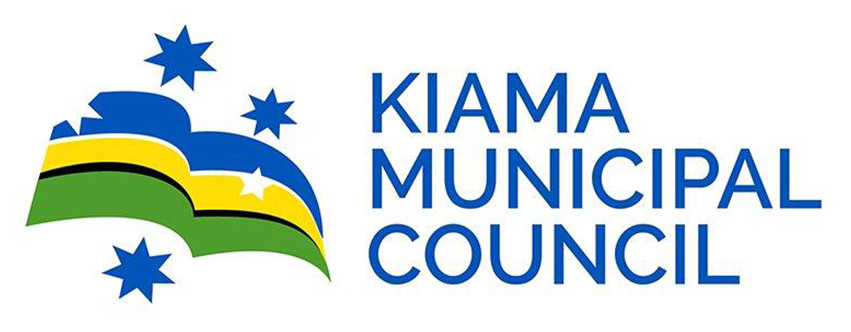In the divide between old soccer and new football, the legacy of the great names who contributed to the world game before the FFA has often been ignored.
It is one of the best kept secrets in football that former Socceroo, John Doyle, moulded the development of Tim Cahill which enabled the former Millwall, Everton and Socceroo pin-up boy to be the star he is today.
In a stable of forty seven players who played overseas, Doyle was proud to include Robbie Slater, Jim Patikas, Nick Carle, Andrew Durante and Joel Griffiths.
In this interview with Roger Sleeman, John Doyle reveals the truth about Tim Cahill, provides his thoughts about the current state of coaching and development and how the standard of Australian football can be improved.
ROGER SLEEMAN
When did you first coach Tim, and how long was it before his potential was evident?
JOHN DOYLE
I was coaching Tim’s older brothers and as a five year old he would come to watch them and join in wherever possible. At this young age, he was already very competitive, keen to learn and tried to emulate his brothers.
Remarkably, in the early years he wasn’t recognised for representative honours but as a sixteen year old with Sydney United in the NSW Super League, he was given his chance.
Although he was still learning different runs, he was hard to dispossess, displayed great athleticism and had already developed the art of jumping high, despite having to improve his body work and timing required in winning the ball in the air.
R.S.
Why didn’t clubs in Australia see his potential before he went to trial at Millwall?
J.D.
At this stage he’d learned all the dummies, was good on second touches but hadn’t developed checkbacks because in Australia you’d be left alone when the rest of the team couldn’t understand your intentions.
So people looking at him may not have understood his methods but as his personal coach from five to sixteen years, I was obviously more familiar with his all round ability.
R.S.
In 1997 after trialling at Millwall, Cahill was sent back to Australia to improve certain facets of his game. Can you explain?
J.D.
Millwall saw some great things but he had to improve in several areas.
They wanted him to improve his body work which didn’t necessarily mean he had to cheat to compete physically. Also, they required him to find more space so he could lose his marker when he wasn’t in possession.
For 25 weeks in sessions of one and three quarter hours, I worked with him.
R.S.
How did Tim react to the task at hand?
J.D.
Millwall, like me, saw something different in Tim and most importantly they recognised his highly competitive spirit, willingness to learn and appreciation that in the space available on the football field you have to be evasive and cunning.
Critically, he realised Millwall were interested so he was in tune with learning everything he needed to make it in professional football.
R.S.
In that 25 week period, what did you work on to elevate his performance?
J.D.
We worked on basic movements like heading from three sides where I used a protective mattress for him to jump against me and over the top of me.
We also worked on seven midfield checks, five runs in the box, midfield marking, balancing up at midfield, beating players at speed by dribbling at two opponents and scoring with both feet.
R.S.
If Tim hadn’t been under your influence, would he be where he is today?
J.D.
I’ve coached many players over the years and Tim was probably the best.
When he went to trial with Millwall, I realised he wasn’t at his peak but his aptitude to learn things and eventually adapt them in Europe where it’s a different kind of game, made him a superior player.
I’d like to think it was only due to my influence but he has come a long way since then so his ability to apply what he learns in the ever differing situations he finds himself against varying opponents is the key to his success.
It gave me great pleasure when he became the leading header of goals in the history of the EPL before being overtaken by Peter Crouch in 2014, and not forgetting he is also the second highest scorer in the history of Everton FC behind Duncan Ferguson.
When Spurs played Everton in October 2010, it was amusing to hear David Pleat, the former EPL manager and commentator, remark that Tim had this natural ability in the air.
This is true but he had to work very hard to reach the level he’s achieved.
R.S.
Why is he so dangerous in the air?
J.D.
Tim knows how to move into an evasive target position because he empties away from that position and at the last second returns to that position which causes the most danger to his opponents. This is a learned response from years of coaching and exposure in match conditions.
R.S.
Why don’t we produce more players like Tim Cahill?
J.D.
Coaches perform a basic role in the early years of a player’s development but beyond this they can’t coach beyond the fundamentals to bring players to the higher level necessary in reaching the top.
We don’t play secondary football in Australia, only primary. We don’t play enough one-two’s, very few check backs and there is an absence of arc runs and runs involving a third man running off the ball.
We can’t integrate in pairs and triples in the front line, and our balance and individual marking in midfield is below par.
Tim, as well as being an excellent technical player, could understand these team integration methods and apply it in a game situation.
His success in the EPL was a testimony to this.
R.S.
Have the FFA curriculum and small sided games increased the chances of developing better players?
J.D.
The curriculum serves a purpose in listing skills and outlining development areas but I communicate with sixty or seventy former Socceroos who were all great players and agree it should be enhanced by adapting the skills of people like Kosmina, Baartz, Butler, Alston and Soper.
If we’re going to improve senior players in Australia and compete more successfully at international level, you need higher standards than this basic curriculum offers.
There is no mention of integration between players e.g. how do two players work together in attack by making runs together and creating space.
Unfortunately, the vacuum in this area is reflected in the way the Socceroos play.
When they take the ball forward to where there are three against four, they frequently play the ball backwards to start again.
What the two supporting players next to the ball receiver should be doing is front runs, checks and arc runs in order to integrate and beat the back four.
The small sided games are great for the players who receive private coaching but because they dominate and score so many goals, they have to be put in goals in the second half.
For the other 90% of players, the small playing area denies them time and space so they usually kick the ball down the field because they’re not given the opportunity to look up, control, lay the ball off and give their teammates a chance to create an angle to receive the ball.
Consequently, the small sided games are limiting skills application.



